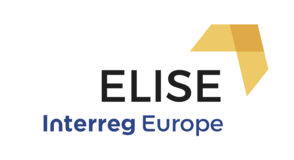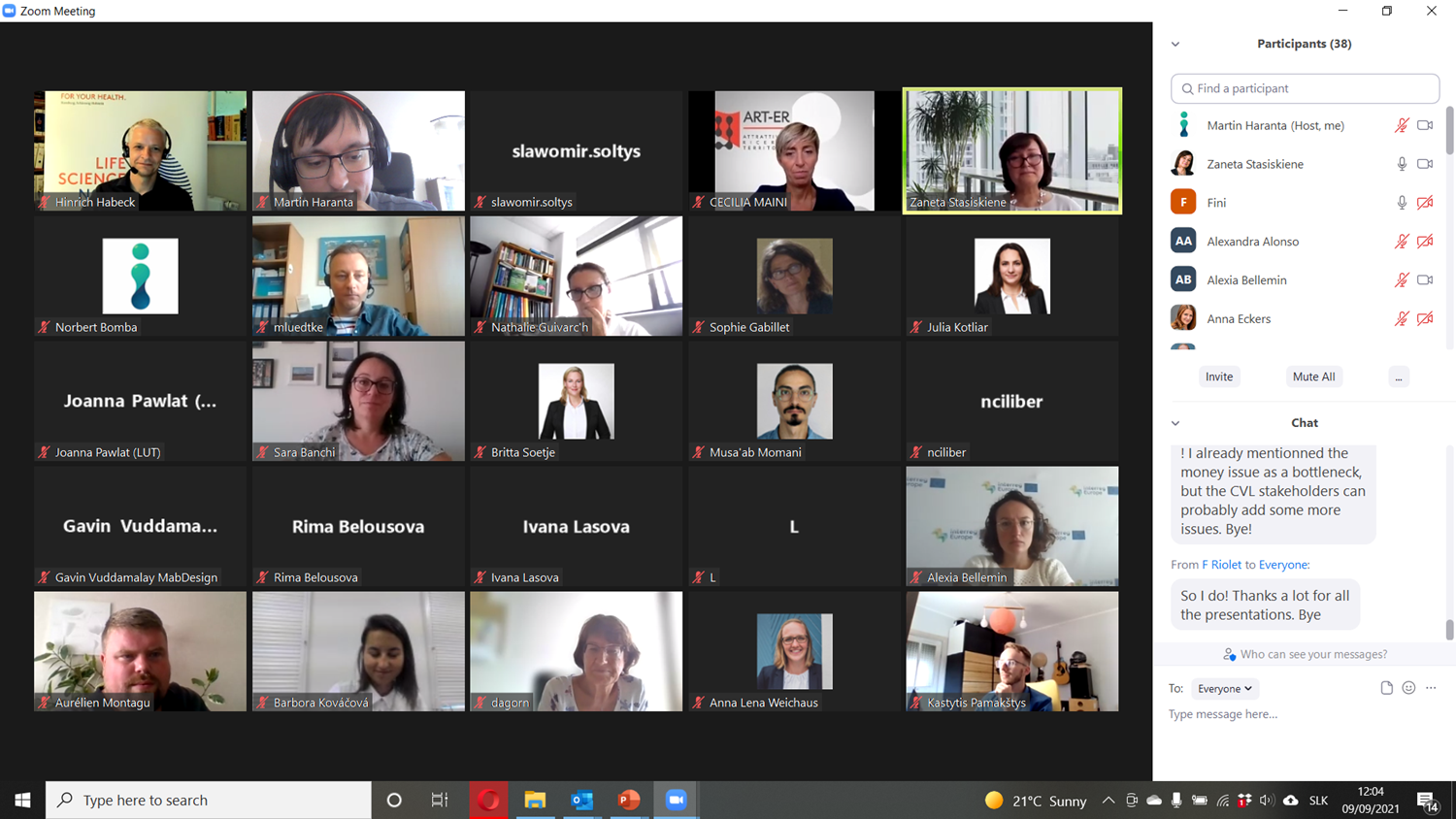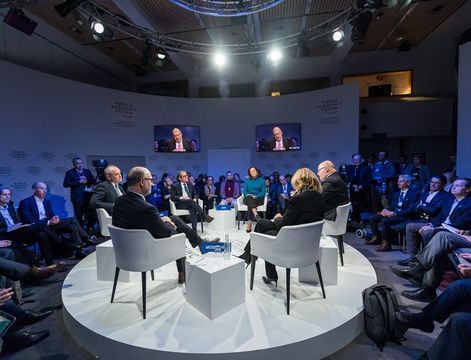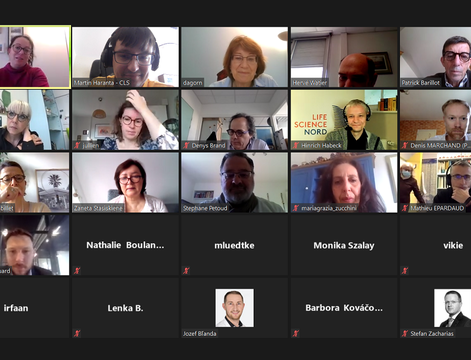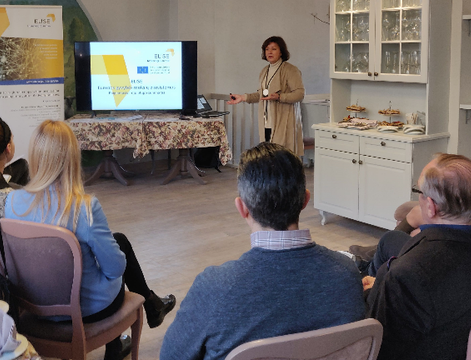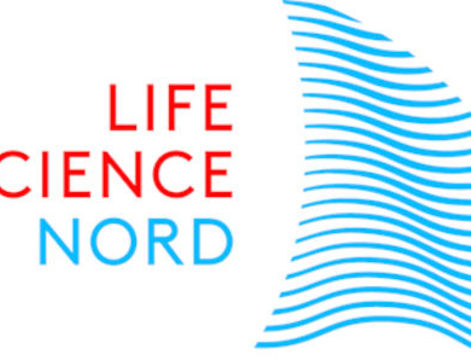ELISE addresses a societal challenge common to European regions: to promote better health and life for all. ELISE partners from 7 regions believe that the concrete application of the Life Science Ecosystem concept at regional and interregional level can help to address these constraints. Over the past 5 years, partners exchanged good practices and experiences to identify ways of improving their policies. As a result of the Action Plan implementation process, ELISE can now show a variety of achievements able to influence positively research and innovation activities in partners’ territories.
Italy - Emilia Romagna
project partner ART-ER addressed their ERDF Regional Operational Programme 2007-2014 Action 1.2.2 “Support R&D projects on relevant topics and application of technological solutions necessary to achieve the S3 strategy” Strategic Obj. 1.2 “Strengthening of regional and national innovative system”.

Tissue sample at key stakeholders in Emilia-Romagna - Holostem regenerative medicine
In Emilia Romagna region (Italy), the COVID-19 pandemic has changed the regional situation affecting also the Action Plan implementation. Nevertheless, the Region has decided to issue a call for proposals that assigns € 100k to Clust-ER Health association for the implementation of a cross -sectoral strategic program consistent with the regional S3. Clust-ER Health includes all the different typology of stakeholders and it is representative of the health and life science regional innovation eco system.
Thanks to the staff Exchange activities, it was possible for the partner ART-ER to deepen the methodology with which Life Science Nord (LSN - Germany) engages the stakeholders and identifies the thematic priorities. It was also an opportunity to study the administrative and financial approach of the Lander of Mecklenburg-Vorpommern (Partner Biocon) that made ART-ER and the Emilia-Romagna Region emphasise the importance of feasibility studies.

The aforementioned call offers the clust-ER Health association the opportunity to involve a large number of stakeholders (the clust-ER has more than 90 members among industries, universities, health institutes and patient associations), who together define a strategic cross-sectoral program, which includes projects focused on the specific needs of the regional ecosystem and aligned with the S3 priorities. Thanks to the funding of the call, the clust-ER will be able to recruit additional staff or make use of external experts, who will carry out sub-project pre-feasibility studies in the interest of all the stakeholders.
Poland - Lubelskie region
ELISE partner Lubelskie Region, thanks to the implementation of the ELISE project, wished to strengthen the existing life science clusters by turning them into an ecosystem. Internationalisation of scientific research and acceleration program supporting technology companies were critical factors of the expected change, because they might improve public policy in the field of knowledge transfer and networking. Consequently, as part of the ELISE project, the partner implemented two activities: the NLAB Acceleration Bridge – a new way of supporting technology companies using Business Model Canvas, created in connection with ELISE GP SPARK and an R&D mobility program focused on scientific networking and internationalisation, created in connection with ELISE GP Le Studium. The first one using a Business Model Canvas empowered entrepreneurs to think about research results from a market point of view in an international environment. The second one incorporated the region into the global innovation chain to strengthen its R&l system.

As a result of this activities, 11 companies from the regional life science ecosystem have received support and the feasibility study for the scientific mobility programme in the field of cosmetics was implemented as a part of the entrepreneurial discovery process carried under the RIS3. Both of them helped to make a better use of funding for research and innovation and in this way improved the policy instrument, namely the Lubelskie Regional Operational Programme: Priority Axis 1 Research & Innovation and Axis 3 Competitiveness of enterprises.
